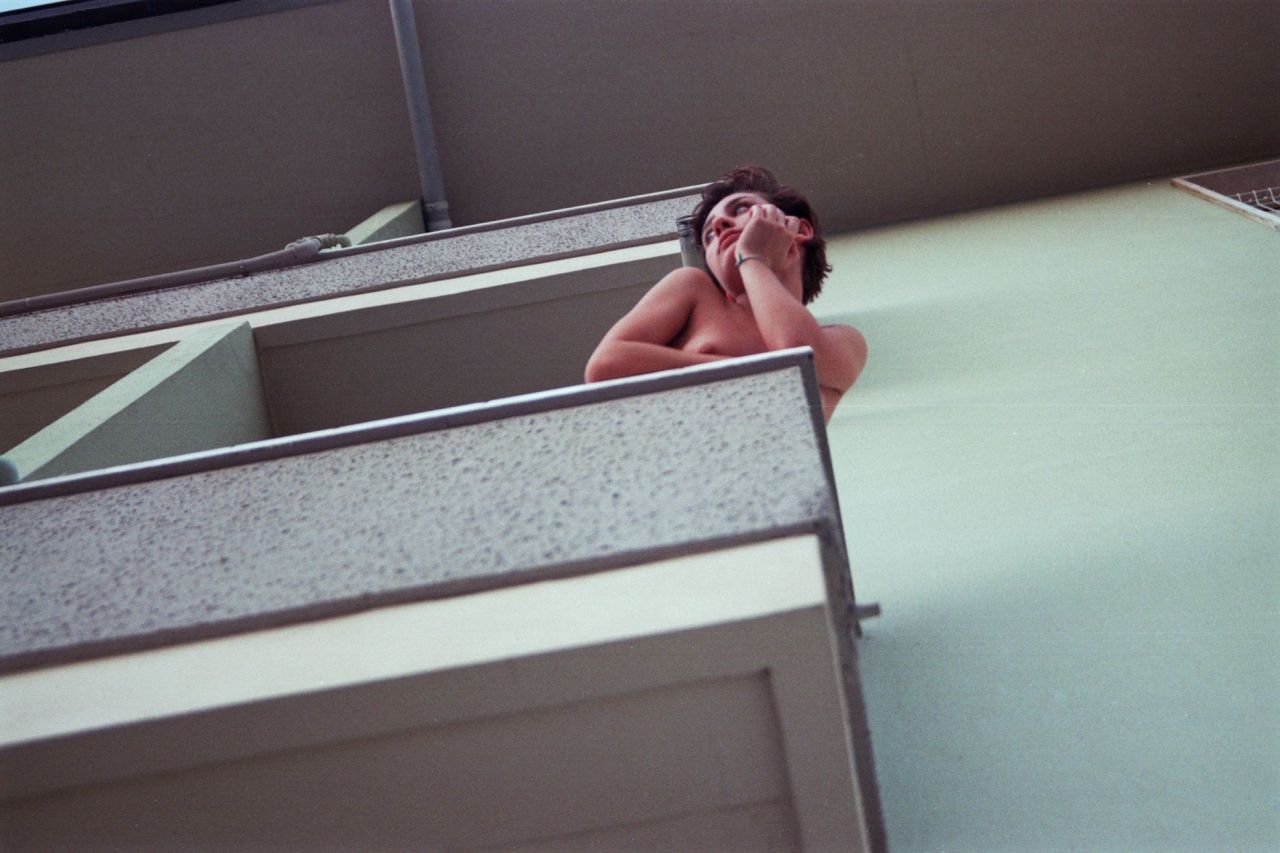Founded in 2015, the transmedia platform Black(s) to the Future began with the idea to have a site for Black creation from France. Co-founder Mawena Yehouessi, born in Benin and now living in France, explains that this was important because “France, and Europe in general, is very different from South Africa and the US in the way we relate to communities, and the relationship between Blackness and Africa, the Afro Diasporia, the Afropean etc.”
In order to understand what she means by this, Mawena explained that the black community in France is quite diverse within itself because some people are descendents of slaves from the Indies, and others come from Africa. There have also been multiple waves of immigration, particularly from Africa. What adds another layer of complexity to this, Mawena explains, is the fact that the state claims to be colourblind. “In France it is impossible to ask someone on official documents whether he or she is Black or Latina or Arabic or white. These notions do not exist at all. But only on a state or official level. But in everyday life there is an obvious recognition of that fact that you are white French or Arabic or Black. There is a real hypocrisy between the two treatments…But like everywhere, in everyday life, the fact that you are Black means something.”
Mawena’s group of friends, who are artists, were starting to bring these kinds of racial issues and cultural identities back through their work. “It would be in details like historical elements, references…and in the use of different of materials.” Being surrounded by this new wave of creativity, the question was how to make a specific space for it.
In the beginning it was dedicated to visual art, and philosophical questions such as ‘What does it mean to be Black in France?’, ‘What does it mean to be African in France?’ and ‘What does it mean to be from elsewhere?’
She was curious about the new discourses and new narrations possible with the hybrid identity of being Black and French.
“When you are Black French you relate a lot to black American. The reference you have in university books will be really towards the English speaking world. And then if you go back to the French speaking world you have everything related to Négritude during the independence of the colonies – Cezaire, Fanon, Senghor. These were structured to a specific time. We don’t have contemporary thoughts. We have African thoughts. We have English contemporary thoughts. We have so few French or European Black contemporary thoughts.”
The idea or the challenge was to constitute a kind of archive. The second statement came from the idea that in France there is little respect for self-made man politics or ideas. At the same time people who surrounded her and were part of particular schools of thought but were also deeply involved and invested in pop culture. “From different ranges, from music to movies to the books we were reading. We love all these ideas. We would read essays. We could go to museums. We also loved to party hard,” she explains.
Playing on Mark Dery’s 1994 essay Black to the Future in which the term Afrofuturism was first used, Black(s) to the Future includes artists, writers, philosophy students and musicians. Dery framed Afrofuturism as a term which explores black expression and suffering through a re-imagining of a future.
Black(s) to the Future combines all of these considerations, and is “nurtured by Afrofuturism” as a methodology and an ethics. The word nurture evokes a connection to caring for, including emotional and, in this case, intellectual forms of care.
This nurturing can be seen through one of the events they host called the Black(s) to the Future Festival. “The idea for this festival is that this is a pluri-disciplanary festival,” Mawena explains. It includes music, talks, artworks, and performances. The second edition of this festival took place in mid September, and they are hoping to continue to grow over the years. The importance of this festival becomes clear when Mawena left me with her reflections on the festival…”maybe there is a new community at stake.”
Check out the Black(s) to the Future website to keep up with what they have planned.








































